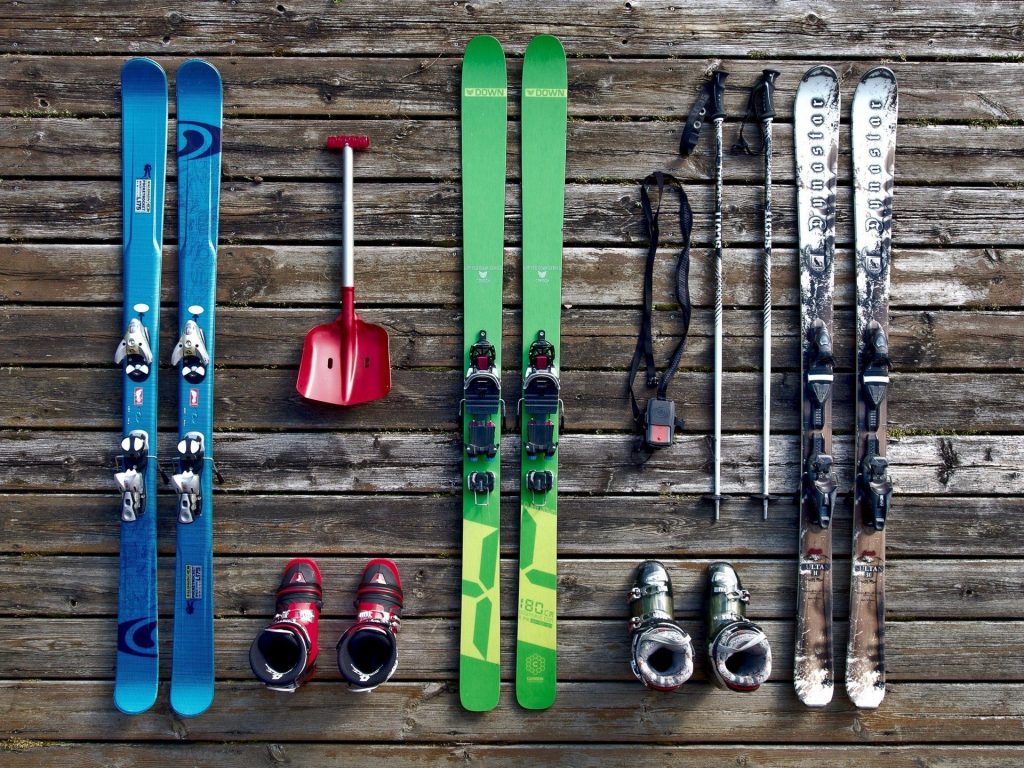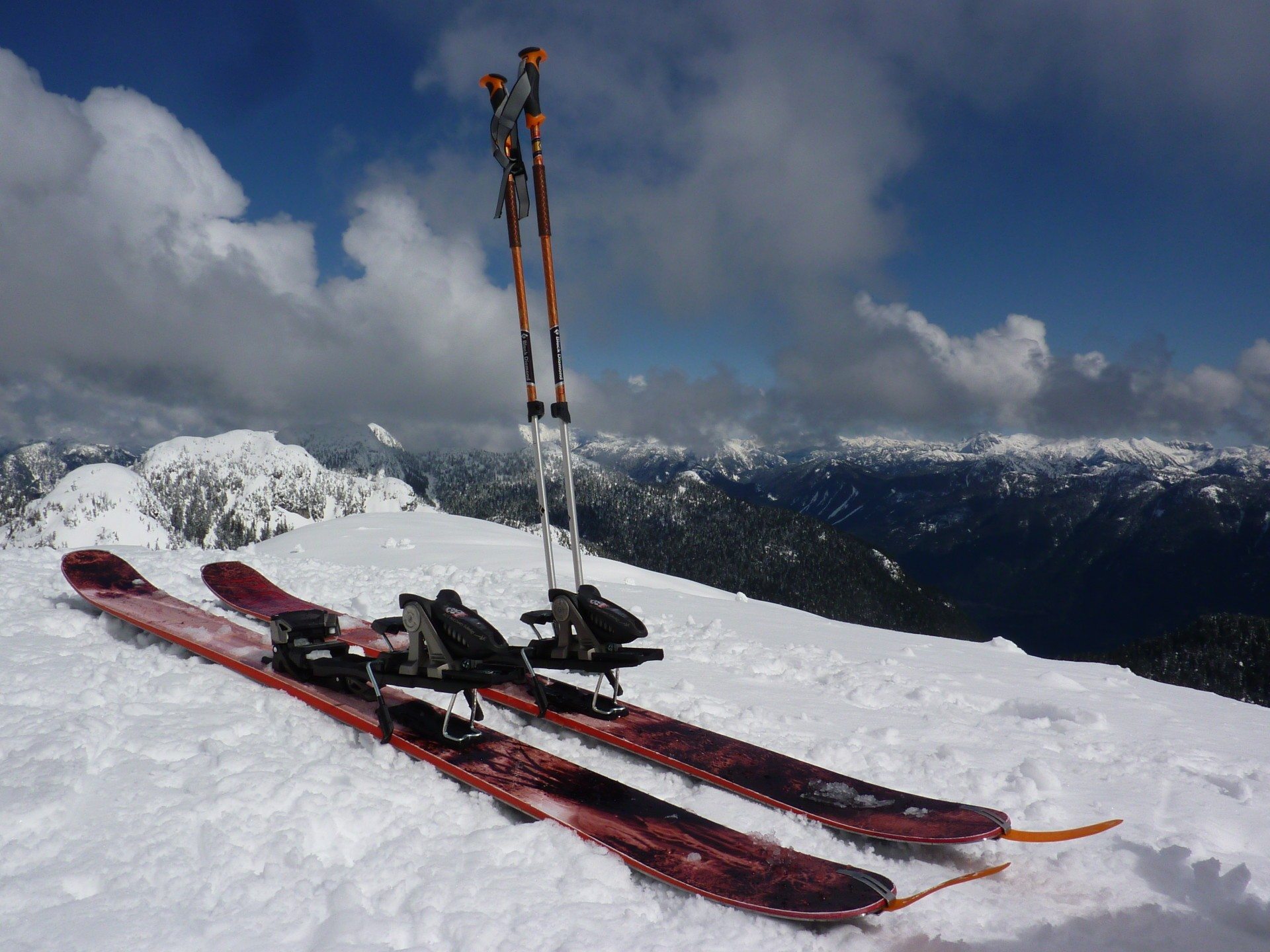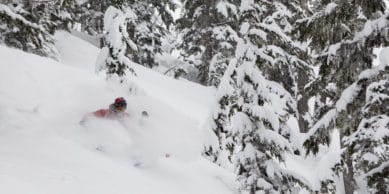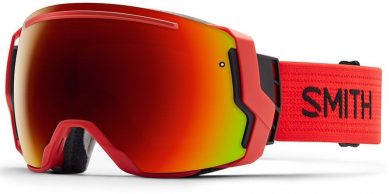In the market for some custom ski equipment? Whether you’ve simply grown tired of your old skis, you’re seeking out a pair of skis that are better suited to a certain terrain or skill set, or you’re a beginner looking to buy a good first pair and you don’t know where to start, we’ve got you covered.
Below, we explain some of the basics you need to consider when setting out to secure custom ski equipment. Both ski boots, and, of course, the skis themselves, can be fully customized in a variety of ways to meet the exact needs of the skier; but first you need to know where to start.
Finding the Right Custom Ski Equipment
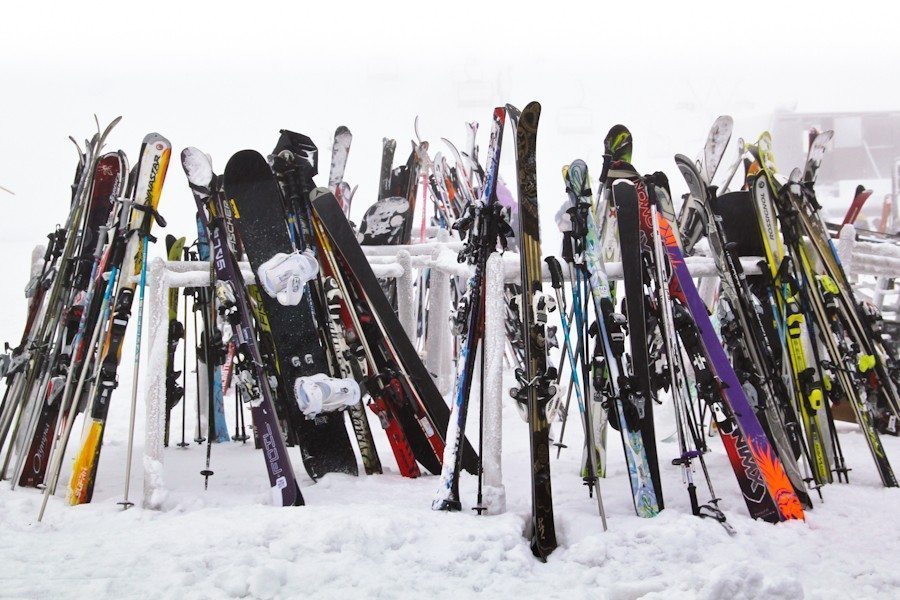
There are many options when it comes to custom ski equipment. Photo: QFSE Media CC BY-SA 3.0 nz
Just as there are many different types of skiers, there are many different factors that add up together to make each custom ski. A variety of specifications such as the width, shape, length, camber, and flex, as well as the type and quality of materials used, are all meticulously combined to produce a product custom-fitted to its owner.
Shape
To find the right custom ski equipment for you, you’ll have to have a somewhat basic understanding of the components that make up a ski’s shape. The shape’s width is usually given in millimeters (mm) by measuring its shovel, waist, and tail. The measurement of the waist is perhaps the most important to consider when determining overall performance. To give a rough estimate, you can expect most slalom skis to be around 65 mm at the waist, and most powder skis to be around 110 mm at the waist.
Another component of a ski’s shape to consider is the sidecut, or the curve along the edge of the ski. Skis with a more straight sidecut are better for wide turns with a large radius, providing a more stable base, while those with a deeper sidecut have a shorter radius for quicker and shorter turns. Skilled skiers or downhill racers will probably prefer the latter, while a less severe sidecut is better for recreational skiers.
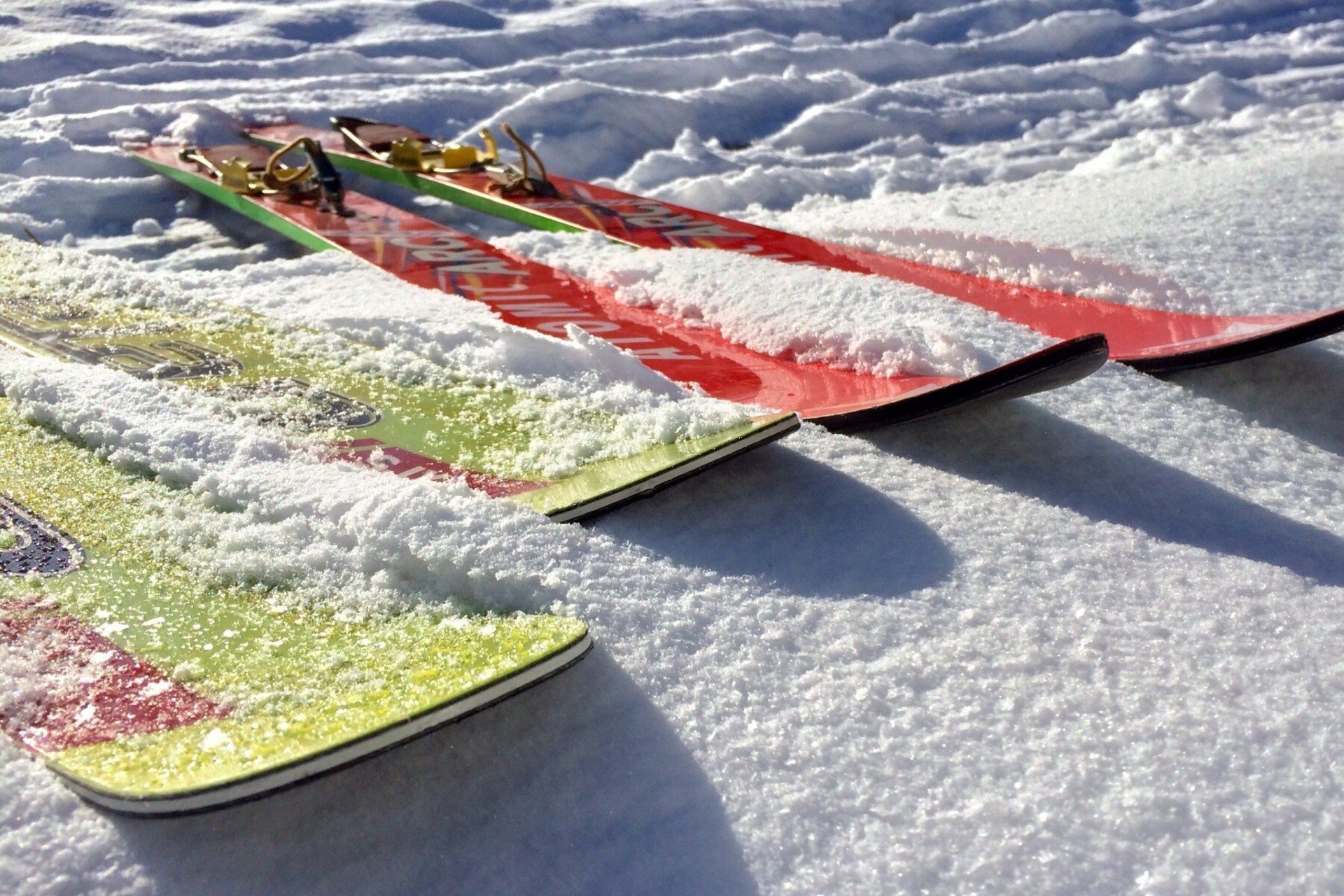
It is important to choose the right ski shape for your style of skiing. Photo: Wokandapix
The tip or shovel can also be extremely important. Generally, skis with a wider tip offer more stable flotation on light snow, while those with a more narrow tip are better for tight turns and terrain. In the same way, a more narrow tail will help you release from turns more easily and quickly, while a wider tail can allow more skilled skiers to add power and speed to the end of their turns by prolonging them, even if just for one crucial moment.
In case you haven’t picked up on it already, designing your ideal custom skis involves a delicate balance between the desire for ease of use and stability, as well as power and speed. But that’s just the tip of the iceberg; here are some more things to consider when buying the right skis for you.
Camber vs. Rocker
The camber of a ski and whether or not it’s rockered determines how much of the ski makes contact with the snow while in use. Ideally, the more the ski is actually making contact with the snow, the more stable it will be, while less contact can make a ski more agile for quick turns and jumps. It is extremely important to customize these aspects to the height and weight of the skier.
The camber can be visualized as the slight arc made by the ski, where it would lift off a workbench if laid flat. Maintaining a decent camber offers the opportunity for predictable tracking on hard or rocky terrain, along with adding more energy and pop at the end of turns. Too much of a camber, and you have a ski that’s too soft and difficult to control.
Most pairs of skis begin to upturn on the tip closest to the widest part of the shovel. However, Rockered skis have early-rise tips that start to curve up closer to the boot bindings. Rockered skis can offer better float on powdery conditions, making it easier to stay up for longer. Having more of a rocker on the tip and tail can help you maneuver turns more quickly and easily, but rockered tips have been known to start vibrating at higher speeds which can lead them to feel less stable in the long run.
For general resort or tour skiing, it’s good to keep at least a slight camber on your skis for stability.
Flex/Stiffness
Another thing to look out for is the overall flex or relative stiffness of each pair of skis. In general, softer or more flexible skis allow for easier turning, while skis that are too soft will ultimately feel unstable.
Skis can come in various flex patterns, and many race skis tend to have a stiffer tail to make it easier to exit out of turns. However, for the most versatility on the biggest variety of surfaces, skis with an even flex pattern are the best choice.
Turn Radius/Length
The last two measurements you’re going to want to keep an eye out for when selecting custom skis are the turn radius and the length of each pair of skis. They’re both usually printed on the packaging. A quicker turn radius usually clocks in around 12-16m, while a wider turn is around 16-22m.
When considering the length of a pair of custom skis, the general rule of thumb goes something like this; when you stand your skis up vertically, they should reach:
- Your chin (for beginners)
- Your nose (intermediate skiers)
- Forehead (advanced skiers)
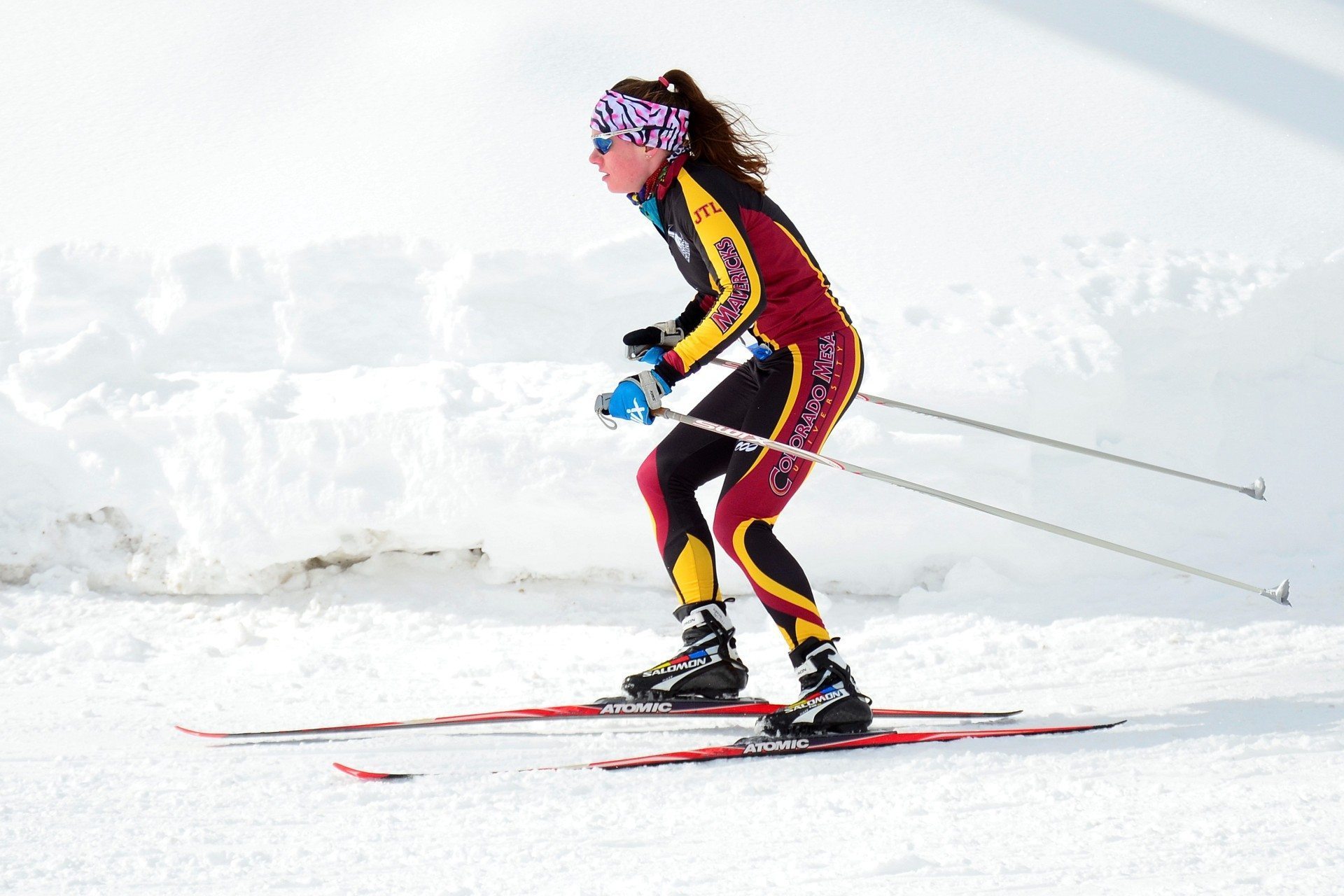
The correct skis will differ in length depending on your ability. Photo: Larry Lamsa CC BY 2.0
Materials
Finally, it goes without saying that the best custom skis are made from the best materials. Most manufacturers start from a base that combines an assortment of straight grained, laminated hardwoods such as sugar maple, aspen, poplar or birch. They then add structural layers made from a variety of man-made composites like fiberglass, carbon-fiber, aluminum and other alloys, including Kevlar.
Finding the Right Custom Ski Boots

The right pair of ski boots will make all the difference to your day on the hill. Photo: Melanie Schamboeck
Selecting a pair of boots that fit perfectly comes with a variety of benefits. First of all, they tend to be more comfortable, which we all know is super important when you’re planning to spend a full day out on the slopes. Secondly, a perfect fitting boot tends to give the skier more control, which you’ll notice especially when turning. And finally, custom boots tend to keep your feet nice and toasty, which is always nice, right?
So, read on, to find out more about custom ski boots, and learn what to look out for when picking out your perfect pair.
Picking the Perfect Custom Ski Boots
When picking out your perfect pair of boots, first make sure they have an orthotic to keep your foot in a neutral stance and ensure it always remains relatively flat against the bottom of the boot, regardless of how much you arch it.
Next, you’re also going to want to make sure your boots come with a quality shell. Previously, ski boots were generally sold in one piece, meaning custom retailers had to remove the liner from the shell in order to customize them. Nowadays, however, most custom ski equipment companies such as Surefoot have become large enough to buy custom shells individually from companies like Nordica, Lange, Salomon, Tecnica.
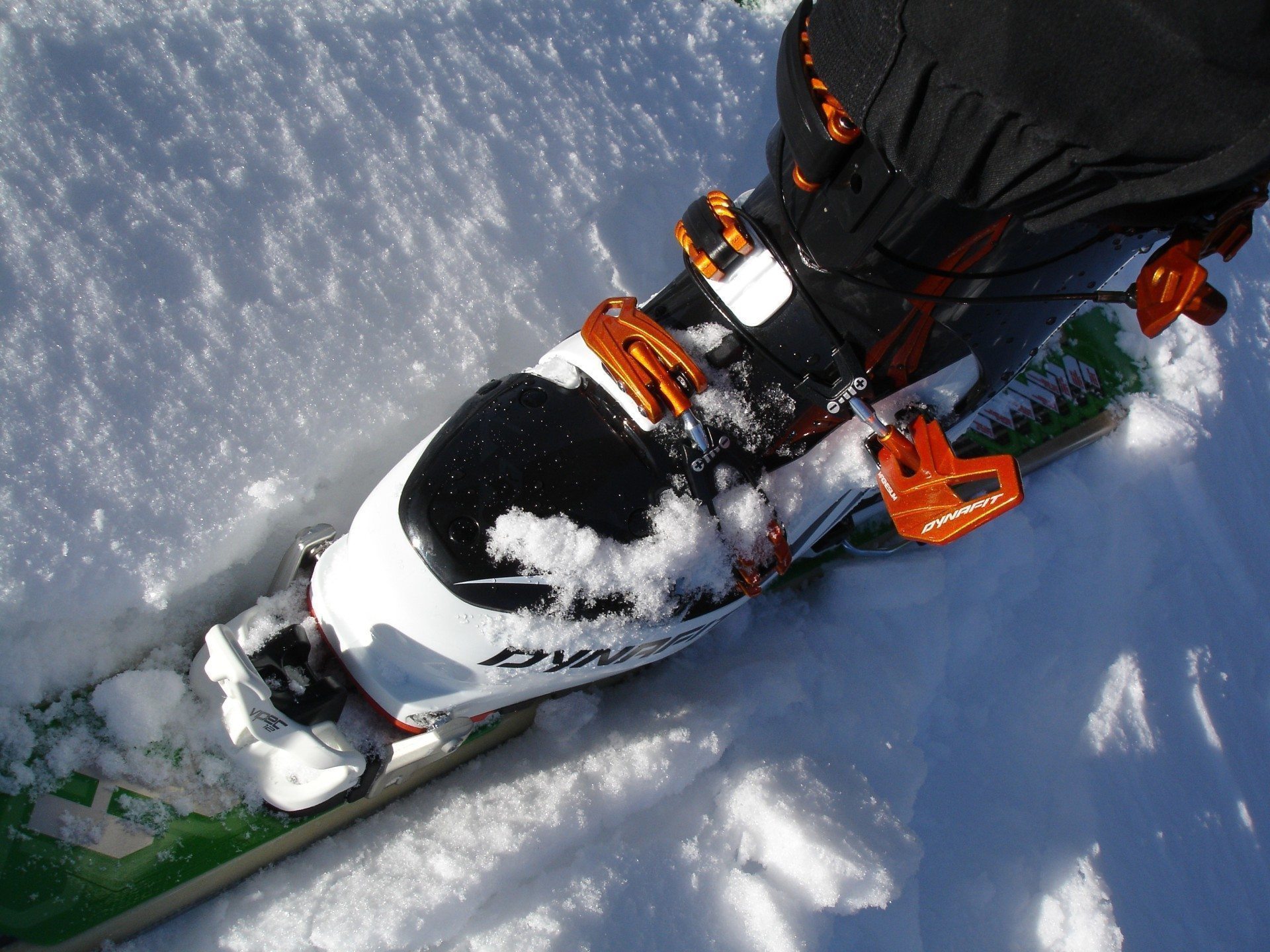
Choose a quality shell to keep your foot protected on the slopes. Photo: Simon Steinberger
Finally, your boots will need a foam liner insert. Most foam liners on the market today come in a variety of thicknesses and comfort levels, and most of them will be able to be tweaked a bit in terms of width and height to ensure a perfect fit.
Remember, when you’re investing in custom ski equipment, it’s often worth-the-while spending a bit more time and cash to ensure you end up with equipment that’s comfortable and perfectly suited to your ski style and skill.
Are you thinking of heading to Whistler and want to upgrade your skis when you arrive? Contact our friendly concierge services, who can direct you to Whistler’s best ski retailers and customer boot fitters, to ensure you find the perfect equipment for your Whistler ski holiday.

